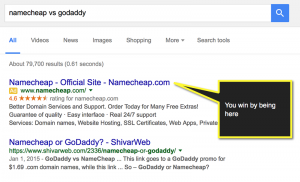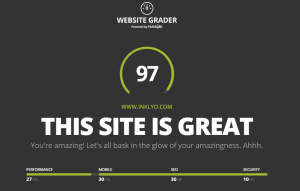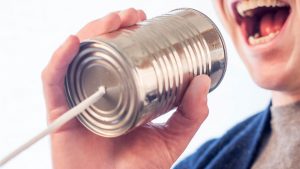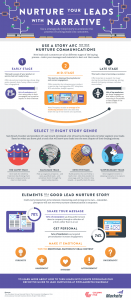by Neil Ackerman, Columnist, September 21, 2016
Those of us in the consumer packaged goods space know the power of the impulse purchase. When shoppers stand at the check-out counter the enticing snack or intriguing gadget intentionally placed at eye level often goes into their carts. According to a recent survey, 84% of respondents said they’ve made an impulse purchase at some time. While the majority of these purchases were made in-store, the opportunity for online impulse buys exists; and success lies in knowing how to create the opportunity.
Back in the day, all it took to be a successful sales representative was to “stack it high and let it fly.” Success was about putting ample amounts of your product in the right place with great signage and a hot price. But in today’s online world, the real estate for a shopper’s attention is only as wide as their digital screen. It is a “one screen world.” Because of this, it’s not uncommon to hear about the death of impulse shopping. But impulse shopping has not gone away. You just have to work smarter to win the attention of online shoppers and when you do, it results in the all-important brand loyalty.
Today, sparking a buyer’s impulse requires data science. You have to know your shopper, know what will speak to them most at each moment and know exactly where on the page to place that offer. For today’s ecommerce leaders, “targeted precision leads to the buying decision.” We know that our buyers are focused on one screen and we use data to impulse them to purchase at key moments during their digital journey.
There are three elements to the data science of impulse that all CPG brands can act on today and it all starts and ends with “knowing your consumer and putting their needs first.”
1. Know your consumer
By understanding the segments that make up your consumers and how they behave online you can build chains of shopping behavior to encourage or support behaviors. For example, a popular segment of our Oreo famliy is variety packs. We looked at what else customers buy with these products and found a link between their online glance views of specific items and the tendency to purchase the cookie variety packs. Once we found this connection, we recognized this opportunity for an impulse purchase and it worked like magic. It’s simple: We paid attention to consumer behavior and converted it to facilitate an impulse buy on the digital screen.
2.Make critical pairings
If you dive into your data and what else is bought alongside your brands, it is likely you will discover some natural fit products. For example, people search for chocolate while special occasion shopping online. Using data to understand what people are buying along with your product, online retailers can help trigger that chocolate purchase by showing an offer for chocolate purchases at the same moment someone is shopping for that special occasion. It is important to intentionally ensure that these online connections are made and displayed to the consumer on that mobile or laptop screen at the right time.
3. Create impulse moments
Consider what your buyers are doing at various times. Create impulse moments by offering the right product for their needs in the context of the moment. A few years ago, Home Depot added phone chargers to its check-out counter because they knew everyone was checking their phone while waiting in line for the register. In this way, Home Depot created an impulse moment at the exact time their customers were reaching for their phone.
In today’s digital world, “impulse-buying” is a verb. You have to impulse them to buy and to win the screen, “the company that wins the buy-box, wins the sale from the consumer.” The only thing holding you back is insight into your consumers’ needs and the right content to serve to them to get that extra “add to shopping cart” click. Welcome to the new impulse buying.
MediaPost.com: Search Marketing Daily
(108)





